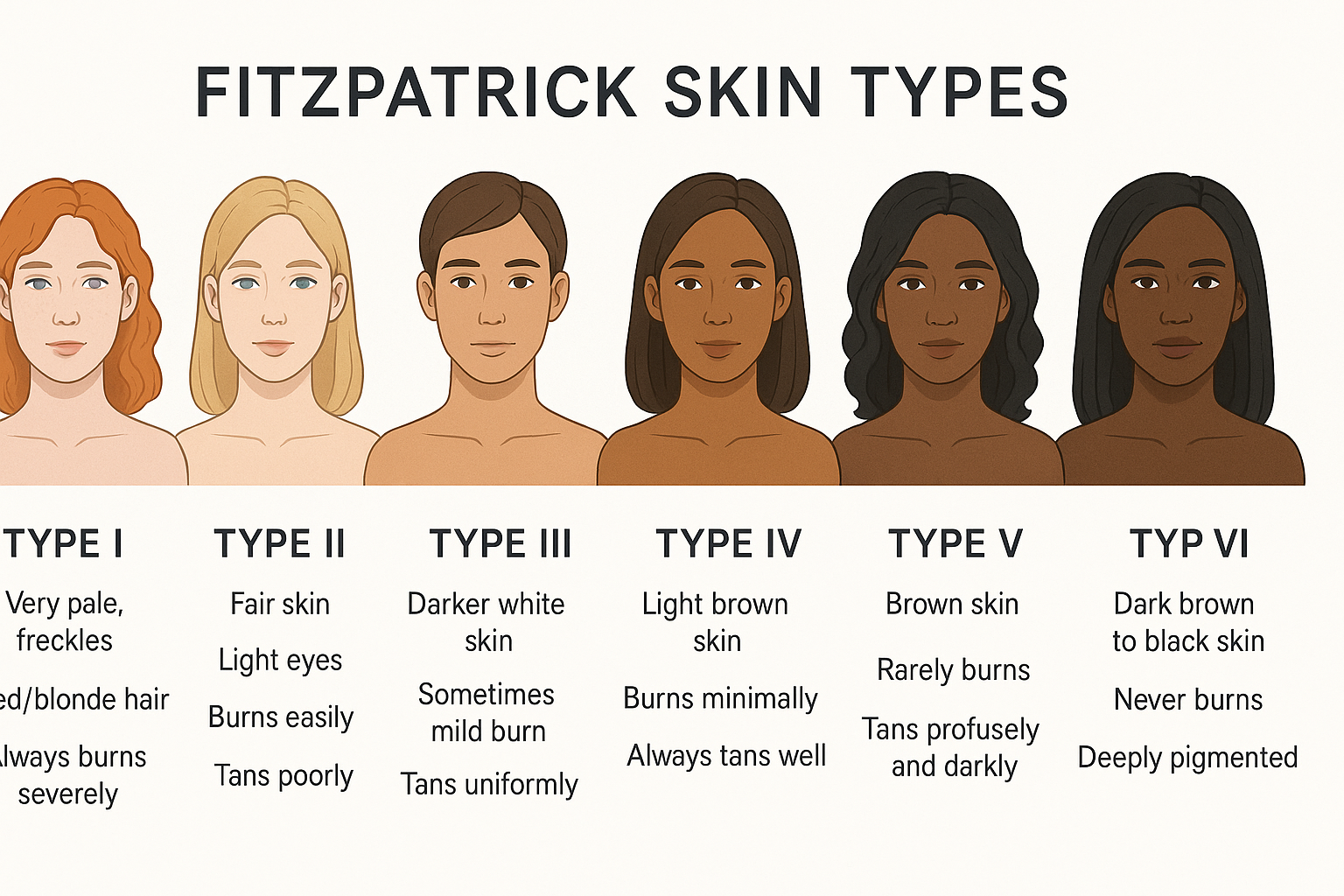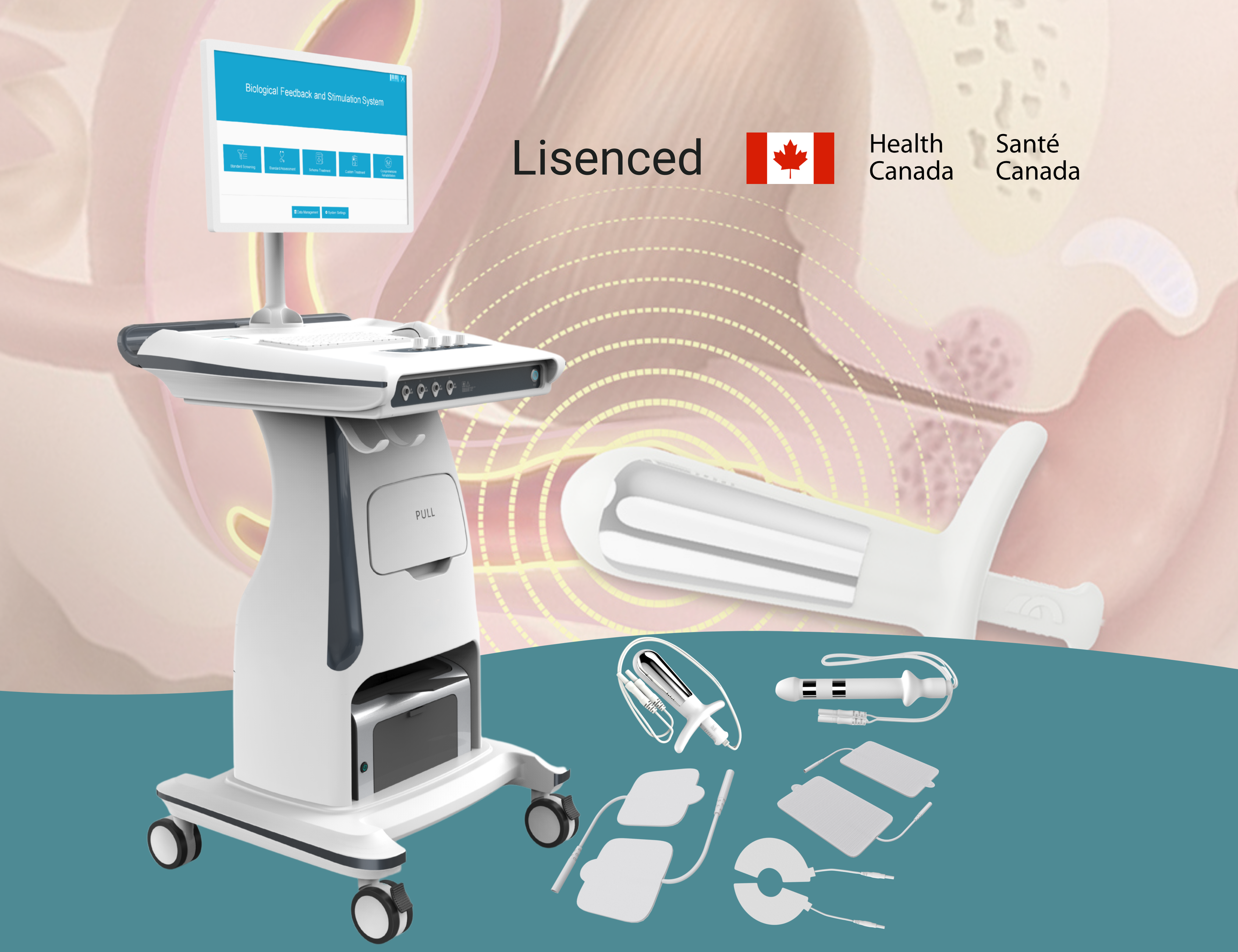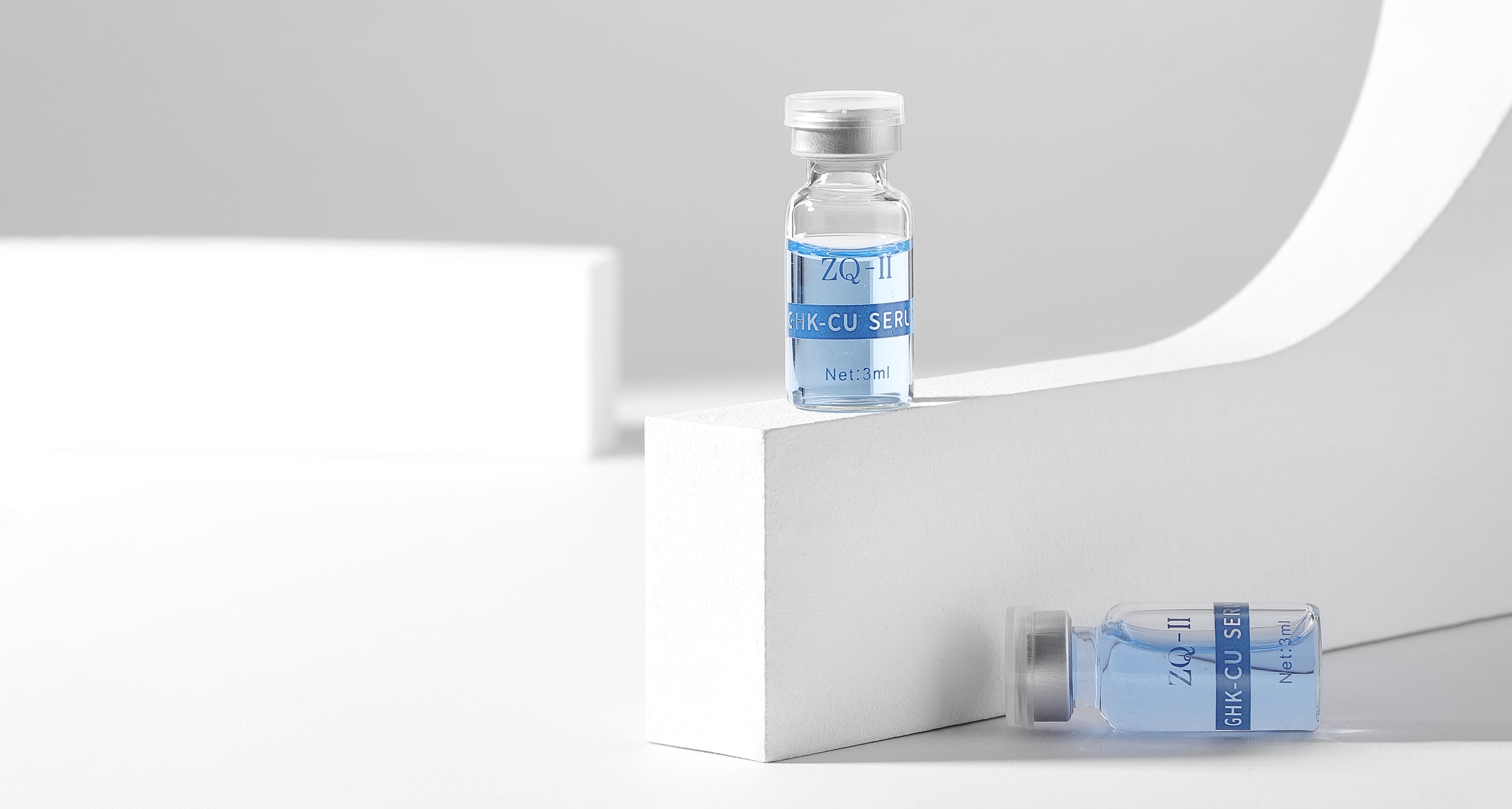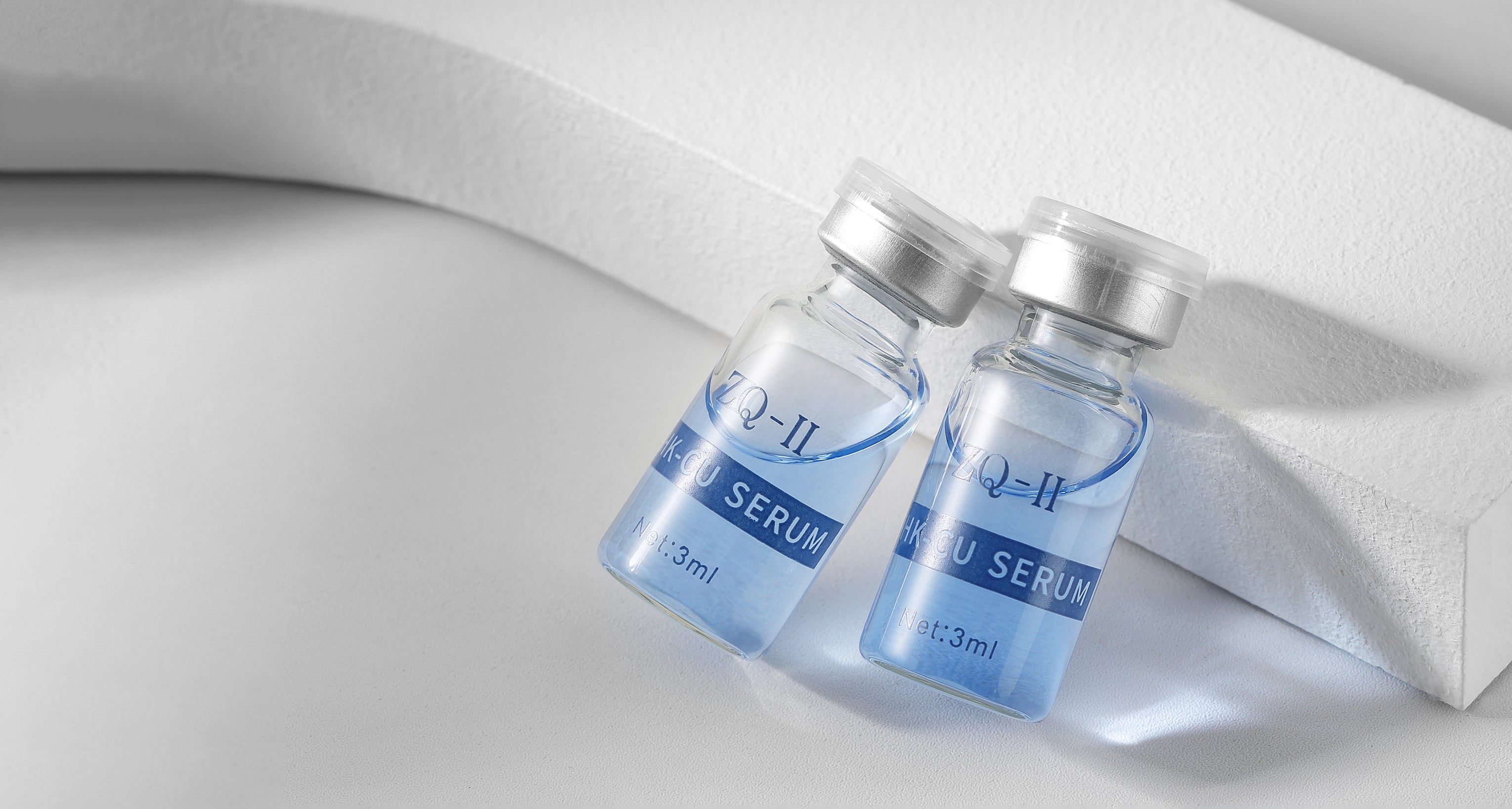Fitzpatrick skin type is a classification (Types I through VI) based on how skin reacts to sun exposure (e.g. Type I is very fair, always burns; Type VI is very dark, rarely burns). Each higher type correlates with a greater baseline melanin content in the skin. In laser hair removal, knowing a patient’s Fitzpatrick type is crucial because melanin in the skin competes for laser energy. Lighter skin (Types I–III) contains relatively little melanin in the epidermis, making it easier to target the hair pigment with aggressive settings. In fact, fair-skinned patients with dark hair are considered ideal candidates – high fluence (energy per cm²) and shorter laser pulses can often be used safely since minimal laser light is absorbed by the epidermis. The risk of unintended burns or pigmentation is low in these cases, allowing efficient hair reduction.
By contrast, darker skin types (Types IV–VI) have more melanin in the epidermis, which increases the risk of laser energy overheating the skin. For these patients, laser practitioners must adjust energy settings and technology to avoid complications. The general rule is: as skin type number rises, the laser’s aggressiveness must fall. Clinical guidelines recommend using longer-wavelength lasers for deeper penetration (for example, 810 nm diode or 1064 nm Nd:YAG) because these wavelengths bypass much of the epidermal melanin absorption. Moreover, fluence should be set lower and pulse duration made longer for higher skin types, so that energy is delivered more gently over a longer time. This reduces the peak heat in the skin and gives the epidermis time to cool between pulses. Strong skin cooling (contact chillers or cryogen spray) is also essential when treating darker phototypes. With these precautions, even individuals with very dark skin can be treated effectively – often using a Nd:YAG laser plus cooling – with a low incidence of burns or pigmentary changes.
Understanding Fitzpatrick types allows the clinician to balance efficacy and safety. If settings are too mild (for fear of burns), the patient may get suboptimal results; if too aggressive, adverse effects can occur. Therefore, laser parameters are typically tailored in a nuanced way: for example, a Type II patient might tolerate an Alexandrite laser at a high fluence and short 20 ms pulse, whereas a Type V patient would require a 1064 nm laser at lower fluence and perhaps 50–100 ms pulse with robust cooling. Taking these measures, studies have shown that patients with darker skin (IV–V) can achieve hair reduction outcomes comparable to lighter skin tones when proper settings are used. The Fitzpatrick scale thus serves as a foundational guide for choosing the right laser modality and calibrating energy settings to maximize results while minimizing risk for every skin type.
References:
- StatPearls (2023). Fitzpatrick Skin Type – Laser Therapy (Dermatology) – Laser parameter adjustments by phototype
- Bhat Y.J. et al. (2020). Dermatol. Pract. Concept, 10(1): e2020048 – Laser hair removal in different skin types
- Das A. et al. (2016). J. Cutan. Aesthet. Surg., 9(4):215–219 – Cooling + Nd:YAG for dark skin safety





Share:
Pelvic Floor Health in Menopause: Regaining Control with Women’s Wellness Technology
Treating Acne Scars with Fractional CO2 Laser: What Clinicians Should Know